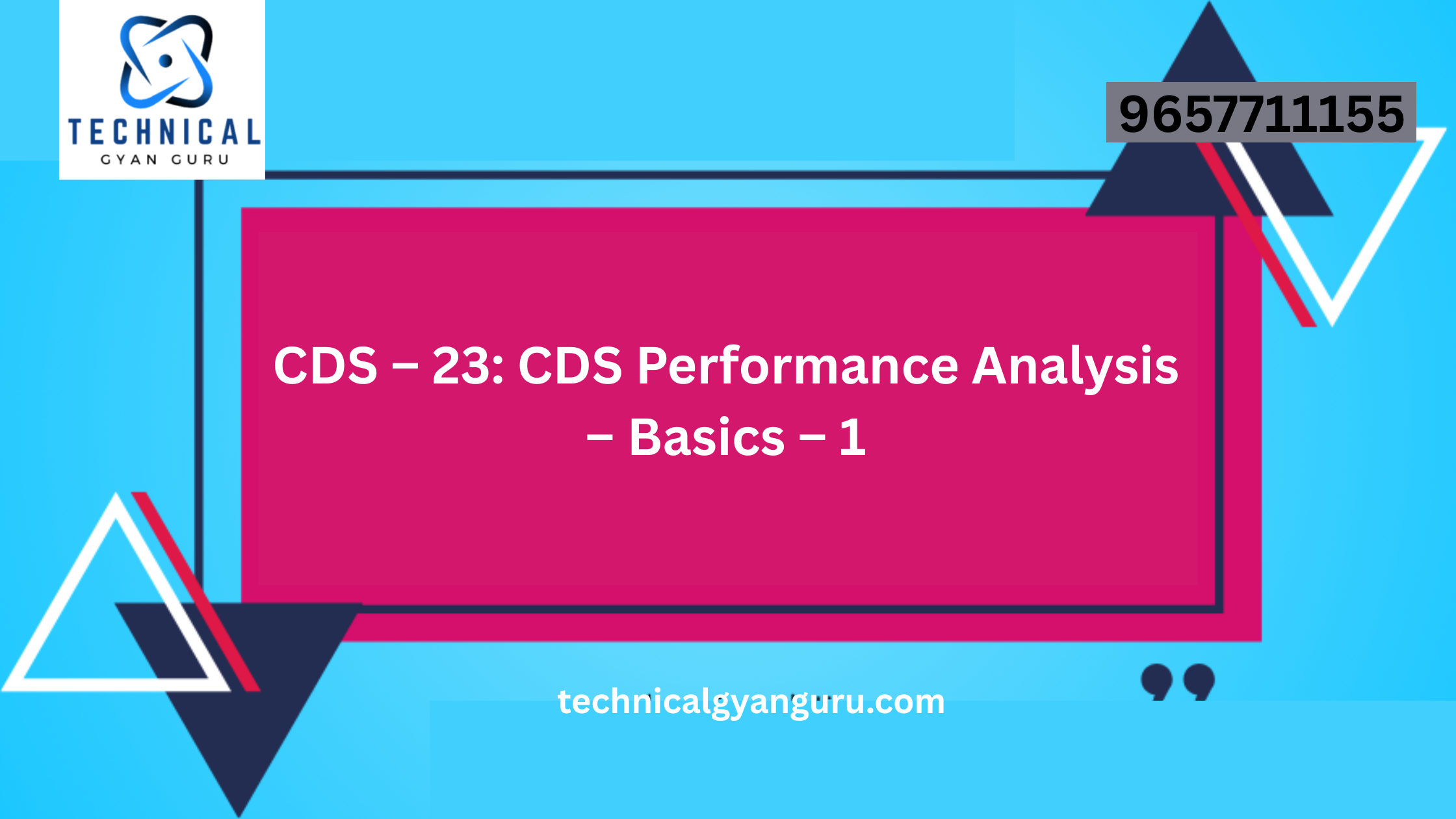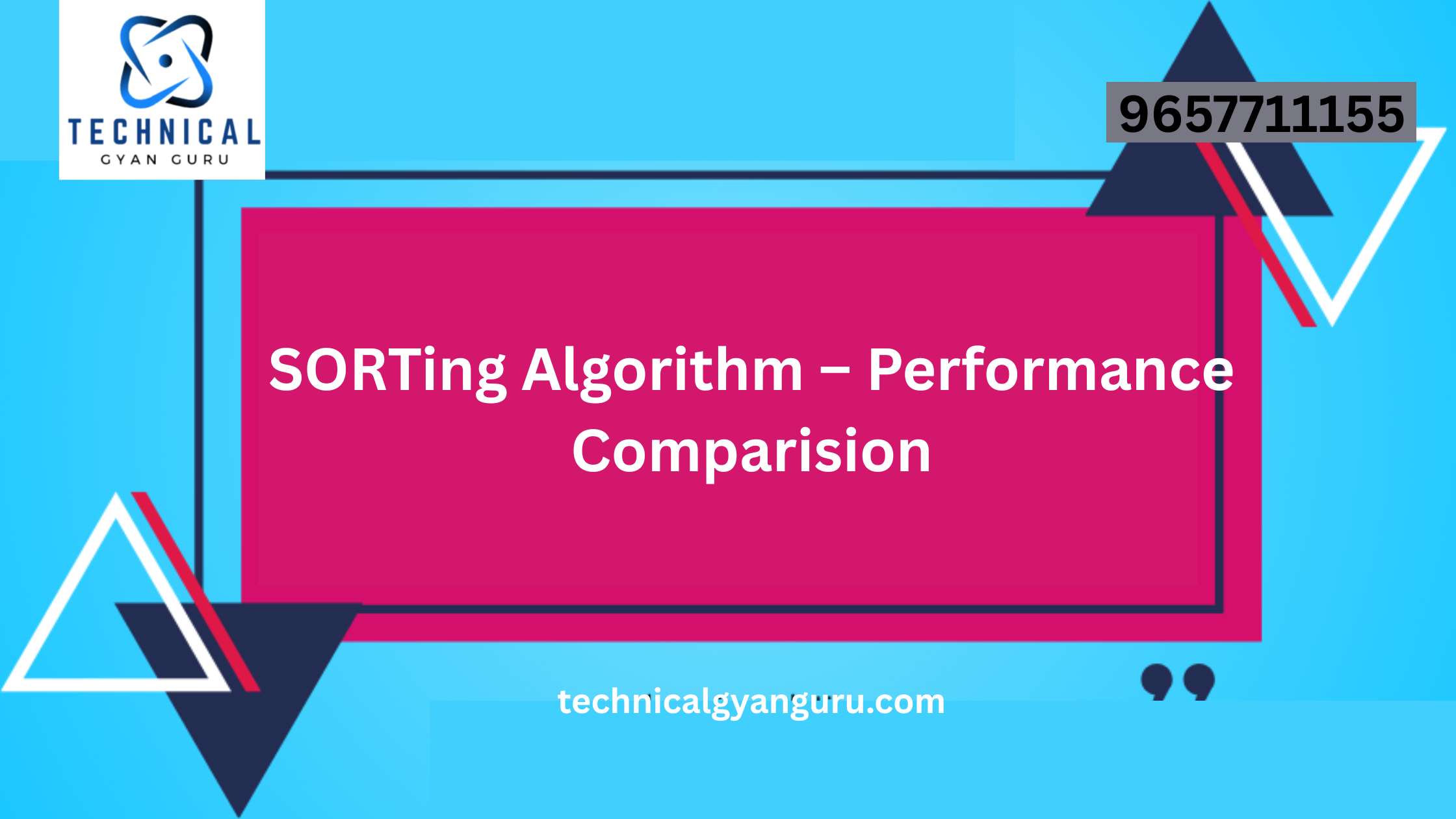
Structured Query Language (SQL) is the backbone of modern data management and manipulation. In the realm of enterprise technology, SAP HANA SQL emerges as a powerful tool that not only adheres to SQL standards but also introduces enhancements tailored for the blazing-fast capabilities of SAP HANA. In this blog, we’ll dive into the world of SAP HANA SQL, exploring its features, syntax, optimization techniques, and real-world applications.
Understanding SAP HANA SQL
SAP HANA SQL is a specialized variant of the standard SQL language, optimized to leverage the in-memory processing capabilities of SAP HANA. It allows developers, data analysts, and database administrators to interact with and manipulate data stored in SAP HANA databases efficiently. SAP HANA SQL supports a wide range of operations, including data retrieval, aggregation, filtering, and modification.
Key Features and Syntax
SAP HANA SQL retains the familiar syntax of standard SQL while introducing several powerful features:
- Column Store Queries: SAP HANA’s columnar storage is leveraged to accelerate data retrieval. Instead of scanning entire rows, column store queries target specific columns, improving query performance.
- Parallel Processing: SAP HANA SQL takes advantage of multi-core processors to execute queries in parallel, dramatically reducing query execution times.
- Advanced Analytics: SAP HANA SQL supports predictive and spatial analytics, allowing for complex calculations and pattern recognition directly within SQL queries.
- In-Memory Aggregation: Aggregation functions are optimized for in-memory processing, enabling rapid calculation of sums, averages, and other aggregations.
- Text Search and Analysis: SAP HANA SQL integrates text search and analysis, enabling queries on both structured and unstructured data.
SQL Optimization Techniques
To harness the full power of SAP HANA SQL, employing optimization techniques is essential:
- Indexing: Design and implement appropriate indexes to accelerate data retrieval. SAP HANA’s column store can further enhance index-based optimizations.
- Filter and Pushdown: Apply filters and predicate pushdown techniques to minimize the amount of data processed, reducing query execution times.
- Partitioning: Leverage data partitioning to divide large datasets into manageable chunks, facilitating efficient data retrieval and manipulation.
- Aggregation Pushdown: Utilize aggregation pushdown to delegate aggregation tasks to the database layer, optimizing performance.
- Use of Joins: Employ join optimizations such as hash joins and merge joins to enhance query efficiency when combining data from multiple tables.
Real-World Applications
SAP HANA SQL finds applications in various business scenarios:
- Business Intelligence and Reporting: Generate complex reports, dashboards, and visualizations to gain insights into business performance and trends.
- Predictive Analytics: Perform advanced predictive modeling using SQL, leveraging SAP HANA’s in-memory processing capabilities.
- Real-Time Analytics: Analyze data in real time to make informed decisions based on up-to-the-minute information.
- Data Integration: Integrate and transform data from different sources using SQL, ensuring consistent and accurate data across systems.
Conclusion
SAP HANA SQL is more than just a query language; it’s a gateway to unlocking the full potential of SAP HANA’s in-memory computing prowess. With its optimized syntax, advanced analytics capabilities, and performance-enhancing features, SAP HANA SQL empowers businesses to extract meaningful insights from their data at lightning speed.
As you embark on your journey with SAP HANA SQL, remember to explore its optimization techniques to ensure your queries run efficiently. Whether you’re a seasoned SQL expert or a novice, SAP HANA SQL equips you with the tools to drive innovation, streamline operations, and make data-driven decisions that propel your business forward.







